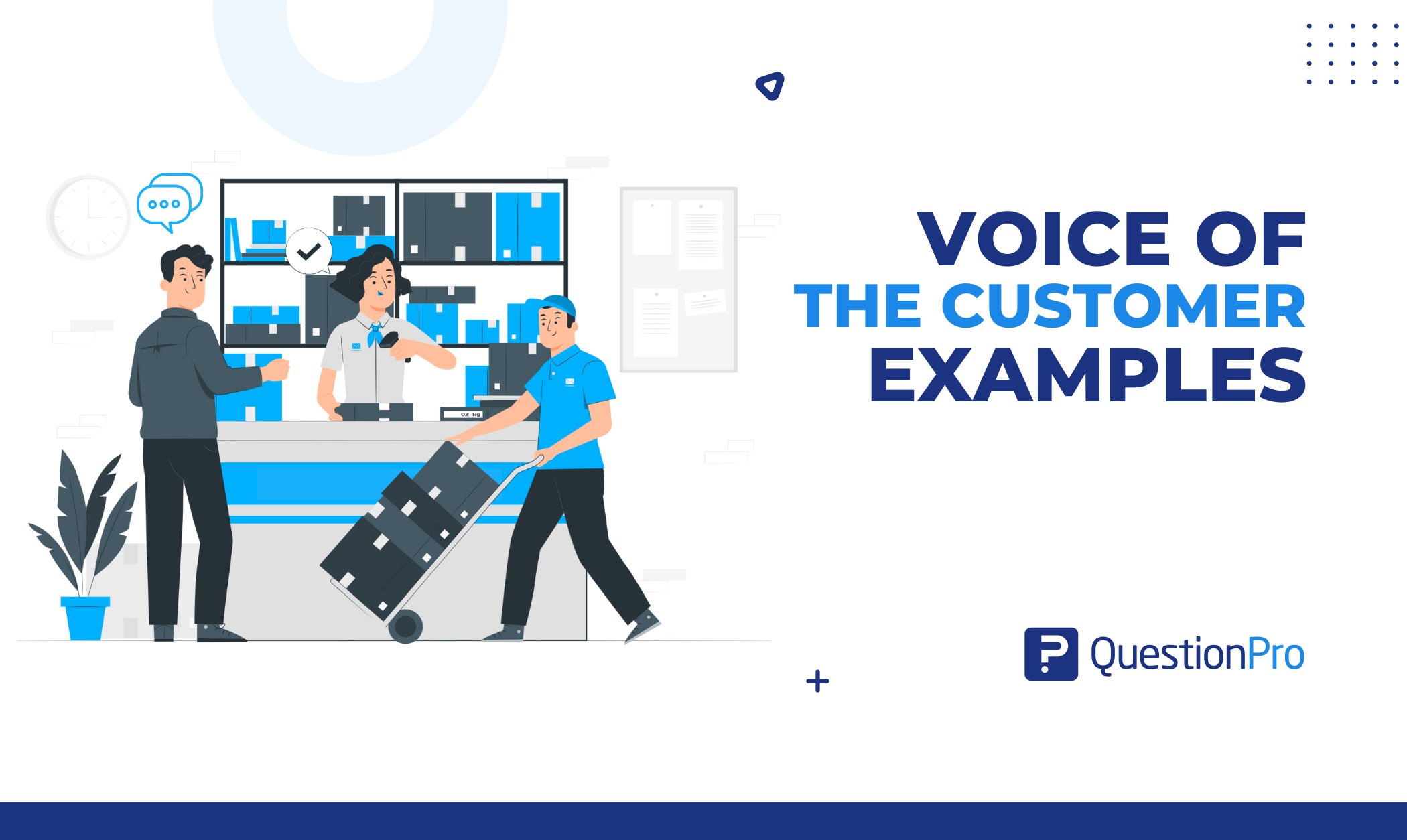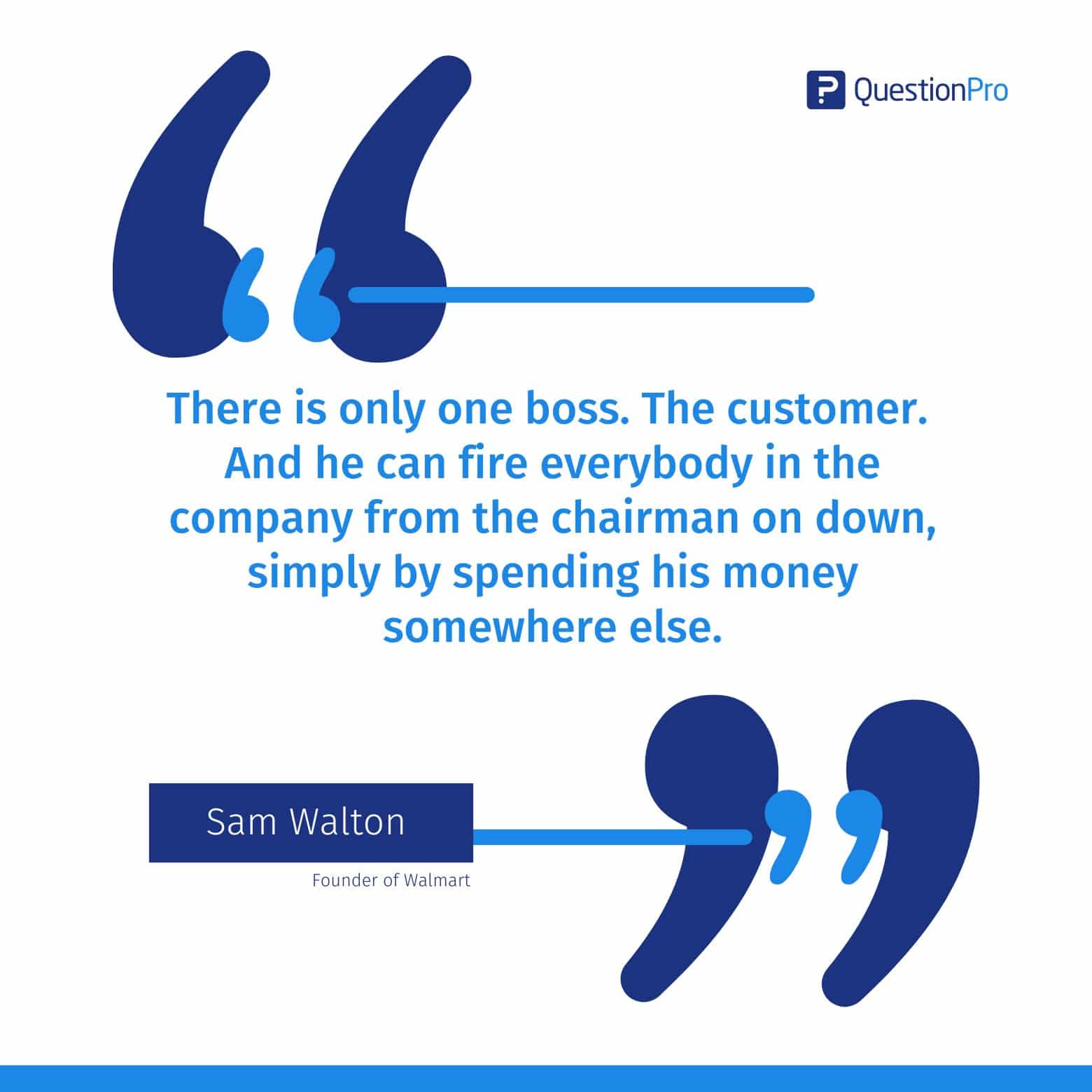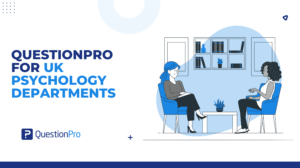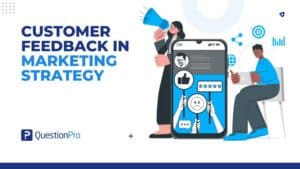
If you truly want to grow your business, there’s one group you should always listen to: your customers. The best brands in the world know that listening to the Voice of the Customer (VoC) isn’t just a strategy, it’s a mindset. It helps companies understand what customers really want, what’s working, and what’s not. That’s why exploring real Voice of the Customer examples can show how powerful customer feedback can be when used the right way.
But listening isn’t enough; you need to act on what you hear.
In this blog, we’ll walk you through 5 real-life Voice of the Customer examples from well-known companies that used customer feedback to boost customer engagement, improve experiences, and build stronger relationships.
Read the Complete Guide: How to Build Voice of the Customer Strategy
5 Best Voice of the Customer Examples
Voice of the Customer data is often collected through:
- Surveys and questionnaires
- Customer interviews
- Social media comments
- Product reviews
- Live chat or support tickets
Here, we’ll walk you through 5 simple but powerful Voice of the Customer examples that show how real brands are using feedback to connect, engage, and grow to ensure their customer satisfaction.
If you’re looking for ways to build stronger customer relationships, this is a great place to start.
1. Amazon: Personalization Through Customer Reviews
You probably know Amazon as the king of fast delivery and endless product choices. But what really makes Amazon stand out? It’s how seriously they take every scrap of customer feedback.
If you ever complained about slow shipping, guess what? Amazon went and invented Prime — free two-day delivery, overnight shipping, and even same-day options. That wasn’t a random idea; it came straight from listening to what customers wanted most.
They also watch reviews and questions like hawks, using AI to spot patterns and fix problems quickly.
Takeaway: Amazon turns its customer complaints into its next big innovation. That’s some next-level listening.
2. Starbucks: My Starbucks Idea Platform
Starbucks feels like a second home to many, right? Well, that cozy vibe comes from a lot of listening behind the scenes.
They launched this cool platform called My Starbucks Idea, where fans suggest everything from new drinks to store improvements, and the company actually implements the best ones. Plus, by tracking social media buzz and direct feedback, Starbucks added options like oat milk and mobile ordering before you even knew you wanted them.
So next time you sip your custom latte, remember you helped create it.
Takeaway: When you involve customers in your journey, they become part of your success.
3. Slack: Improving Based on User Requests
Slack made work chats way easier, but that didn’t happen by accident.
Slack listens all the time, from quick surveys inside the app to tracking how people actually use features. When users complained about getting overwhelmed by notifications, Slack added smarter controls so you only get what matters.
They also continue to add integrations because users keep requesting them, meaning Slack seamlessly integrates into how teams actually work.
Takeaway: Pay attention to how people use your product, not just what they say, and you’ll build something people love.
4. Netflix: Personalizing Experience Based on Viewer Behavior
Netflix isn’t just about shows; it’s about knowing what you want to watch next.
They watch your every move, what you pause, rewind, or thumbs up, and feed all that into a recommendation engine that feels almost psychic. Plus, they listened when you said you wanted offline downloads and multiple profiles.
The result? Shows like Stranger Things feel like they were made just for you and a platform that gets smarter every time you watch.
Takeaway: When you combine data with customer feedback, it creates a powerful way to personalize experiences and make people feel truly understood.
5. Tesla: Utilizing Customer Feedback to Update Cars Over-the-Air
Tesla’s cars don’t just roll off the line and stay the same forever; thanks to constant customer feedback, they actually improve over time.
Elon Musk even chats with customers directly on Twitter, taking complaints and turning them into software updates. Want your car to drive smarter? Tesla is listening and pushing updates straight to your vehicle.
Additionally, their mobile service vans show they know convenience matters just as much as cool tech.
Takeaway: Treat your product like a living thing that evolves with your customers’ needs.
Why Voice Of the Customer Matters?
There’s a famous quote often attributed to Sam Walton, founder of Walmart:

That’s powerful and true. When customers feel unheard, they leave. When they feel valued, they stay, engage more, and recommend your brand to others.
Voice of the Customer matters because it tells you what your customers truly want, not what you think they want. By listening to VoC feedback, whether it’s praise, complaints, or suggestions, you get a clear view of customer expectations and experiences.
This insight helps you:
- Improve your products and services
- Build stronger relationships
- Reduce churn and increase loyalty
- Make smarter business decisions
- Stay ahead of competitors
When you act on what your customers are saying, they feel valued, and that’s how great brands grow.
Understand More About: VoC Research Methods, Uses & Best Practices
How to Implement A Voice of the Customer Program?
Implementing a Voice of the Customer program doesn’t have to be complicated. It’s all about creating a system that helps you listen to your customers, understand their needs, and take action based on what they tell you.
Define clear goals and pick the right channels: Know what you want to learn from customer feedback. Use surveys, interviews, social media, reviews, and customer support data.
- Ask meaningful questions: Focus on open, honest answers that lead to action.
- Analyze the feedback: Organize it into themes and look for patterns or key insights.
- Act on the customer insights: Make improvements based on what customers are saying.
- Close the loop: Let customers know you’ve listened and made changes.
- Keep it continuous: Make VoC a regular part of your business, not a one-time effort.
Conclusion
We’ve learned that truly listening to your customers can make a big difference. The companies we explored, like Amazon, Starbucks, Netflix, Tesla, and Slack, didn’t just collect feedback for the sake of it. They used it to shape products, improve services, and connect better with people. That’s what makes a Voice of the Customer (VoC) program so powerful. When you pay attention to what your customers are saying and actually act on it, you’re not just improving business, you’re building trust.
And if you’re looking for a VoC software to help you do that, QuestionPro is a great option. It gives you everything you need to listen, learn, and respond from surveys to advanced feedback analytics. Whether you’re just getting started or want to take your VoC program to the next level, QuestionPro makes it easier to turn customer feedback into real, meaningful action.
With features like real-time dashboards, customer sentiment analysis, and multi-channel feedback collection, it helps you stay on top of what your customers are thinking and feeling. The best part? You can quickly identify patterns, address pain points, and enhance experiences before minor issues escalate into bigger problems.
So, if you’re serious about understanding your customers and growing your business around their needs, QuestionPro is the partner you can count on.
Frequently Asked Questions (FAQs)
Answer: Companies use voice of the customer feedback to improve products, enhance customer service, create marketing strategies, and strengthen customer loyalty. For example, Tesla gathers user feedback to improve its car features through over-the-air updates.
Answer: Voice of the customer examples show how listening to feedback can lead to better experiences, deeper relationships, and stronger brand trust. Real examples help businesses see how to apply feedback strategies effectively.
Answer: All industries benefit from VoC data, especially retail, healthcare, SaaS, and hospitality. For instance, Slack regularly uses user feedback to improve its software interface and features.
Answer: Start by collecting feedback through surveys or customer touchpoints, analyzing the customer experience, and taking visible action. Tools like QuestionPro can help guide the process from start to finish.
Answer: Yes, even small businesses can gain actionable insights by listening to their customers and making improvements based on their input.







